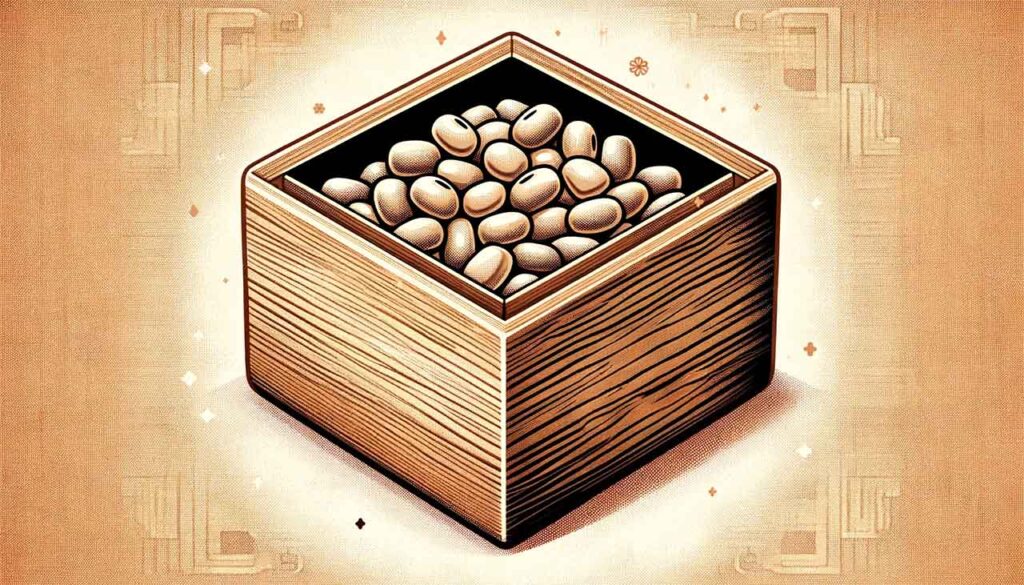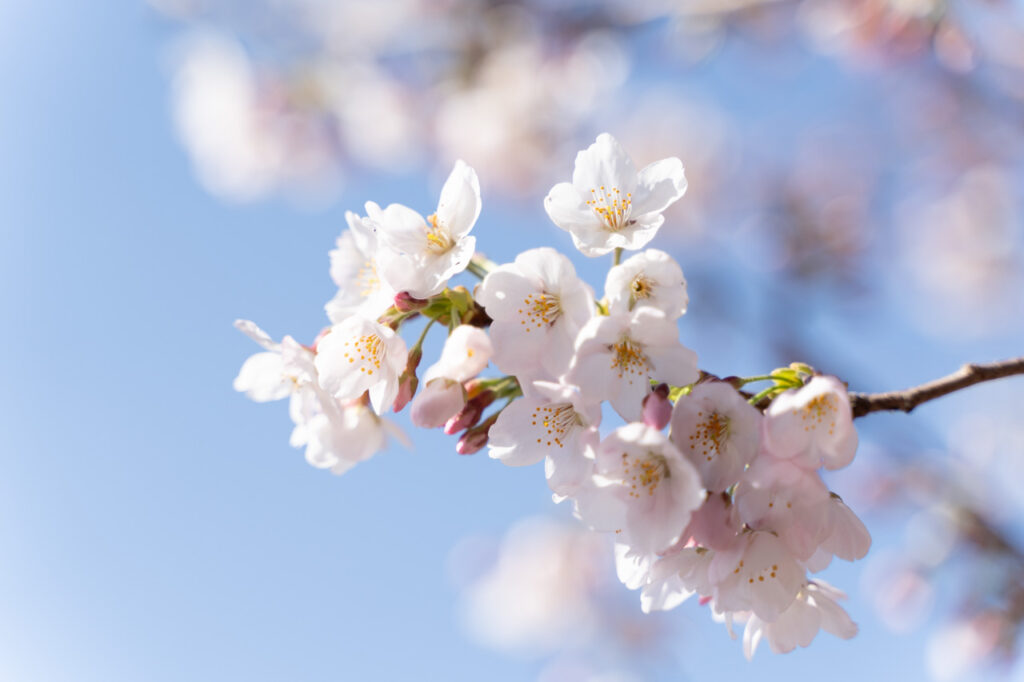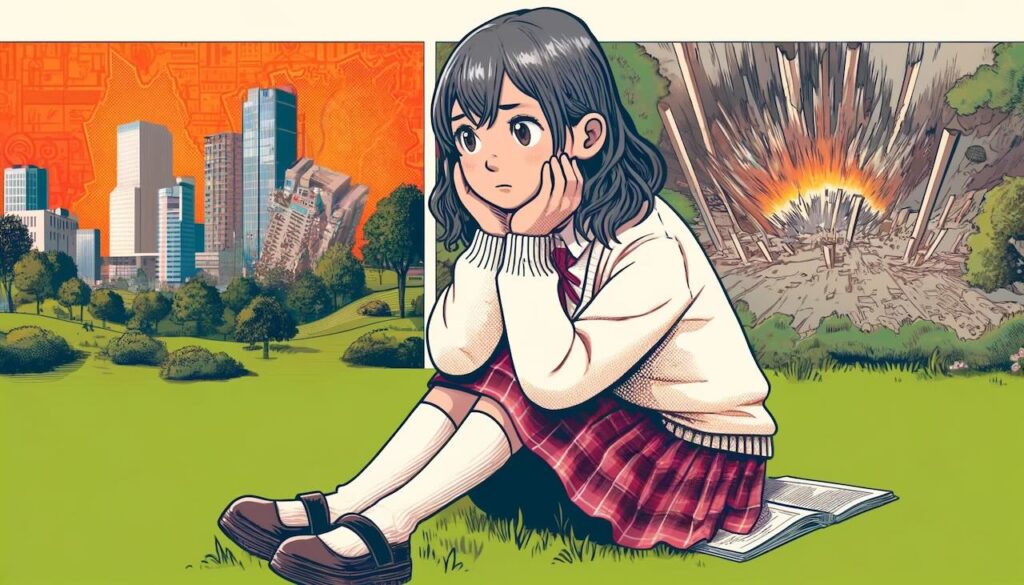Few celebrations in Japan capture the spirit of renewal and tradition quite like Setsubun. As the boundary between winter and spring, Setsubun offers a vibrant glimpse into Japan’s deep-rooted cultural beliefs—and its remarkable ability to blend ancient practices with modern life.
The Ancient Origins of Setsubun
Setsubun’s roots stretch back to the Heian period (794–1185), an era when Japan was heavily influenced by Chinese Taoism and the esoteric philosophy of Onmyōdō (the Way of Yin and Yang).
The imperial court of this time performed an annual ritual called Tsuina, intended to expel evil spirits and secure the nation’s prosperity for the year ahead.
Over time, these courtly practices filtered down to the common people. By the Muromachi period (1336–1573), mamemaki—the now-familiar bean-throwing ritual—had taken hold as a household tradition.
How Setsubun Customs Evolved
Originally, “Setsubun” simply referred to the day before each of the four seasons.
Today, however, it is exclusively associated with February 3, the eve of spring according to the traditional lunar calendar.
At the heart of the celebration is mamemaki: throwing roasted soybeans while shouting, “Oni wa soto! Fuku wa uchi!” (“Demons out! Fortune in!”).
This lively, symbolic act is meant to drive away bad luck and invite good fortune.
Another charming custom is eating a number of beans equal to your age, plus one.
This practice, based on the traditional Japanese age-counting system, is believed to secure health and happiness for the coming year.
The Rise of Ehomaki: A Modern Tradition
One of the most fascinating modern additions to Setsubun is the custom of Ehomaki—eating a long, uncut sushi roll in silence while facing a “lucky direction” determined by the Chinese zodiac.
Interestingly, Ehomaki didn’t emerge from ancient ritual but from clever marketing.
The tradition began in Osaka around 1989, promoted by a local sushi restaurant and later embraced by convenience store chains across Japan during the 1990s.
Today, it has become a national ritual, blending age-old superstitions with contemporary convenience.
How the Ehomaki Ritual Works
Participants:
- Eat an entire uncut sushi roll without speaking
- Face the year’s designated lucky direction (Eho)
For example, in 2024—the Year of the Wood Dragon—the lucky direction is East-Northeast.
This simple, quiet act embodies hope for prosperity and good fortune in the year ahead.
Setsubun in Modern Japan
Today, Setsubun is a colorful blend of ancient and modern elements:
- Families gather to toss beans at “oni” (demon) masks
- Children delight in playful rituals of chasing away bad spirits
- Adults partake in the solemn yet lighthearted tradition of Ehomaki
What’s remarkable is how Setsubun continues to evolve, preserving its essential themes of purification and renewal while embracing fresh, modern customs.
Conclusion
Setsubun stands as a vivid reminder of Japan’s cultural resilience and adaptability.
From its ancient beginnings in court ceremonies to the joyful, evolving celebration it is today, Setsubun connects people across generations through a shared hope for health, happiness, and new beginnings.
As we welcome future Setsubun celebrations, it’s exciting to imagine how this festival—rooted in history yet always open to change—will continue to flourish and inspire.


